The world of El Greco, Ribera, Zurbarán, Velázquez, Murillo & Goya on view in Amsterdam
© State Hermitage Museum, St Petersburg
AMSTERDAM.- The long-awaited art exhibition Spanish Masters from the Hermitage. The World of El Greco, Ribera, Zurbarán, Velázquez, Murillo & Goya opened at the Hermitage Amsterdam on Saturday 28 November 2015. The exhibition includes more than sixty superior paintings and a rich collection of graphic works and applied arts masterpieces. Never before has the Netherlands hosted such a comprehensive survey of Spanish art, with work that is hardly represented in Dutch museum collections. The exhibition features masterpieces such as The Apostles Peter and Paul (1587–92) by El Greco, Velázquez’s Portrait of the Count Duke of Olivares (c. 1638), Murillo’s Immaculate Conception (c. 1680) and Goya’s Portrait of the Actress Antonia Zárate (1810–11), in addition to paintings by their pupils and later painters, up and including Picasso. Together they tell the story of the rise and glory of Spanish art in the Golden Age, which would continue to influence art into modern times.
Francisco Ribalta (1565–1628), Crucifixion, 1582 © State Hermitage Museum, St Petersburg
Spain’s Golden Age
The Golden Age of Spanish painting began in the late sixteenth century and flourished throughout the seventeenth century, coinciding with the Dutch Golden Age. While the Netherlands was revolting against Spanish rule, Spain was developing its own artistic signature. Philip II, an absolute monarch in a society dominated by the Catholic Church, commissioned the construction of El Escorial in 1563. The enormous palace and monastery complex near Madrid was decorated by great Spanish and Italian masters. Spain’s unimaginable wealth, amassed largely during the country’s period of colonial gold fever – Spain called itself ‘the Empire on which the sun never sets’ – brought painters abundant commissions for the king, churches and private collectors. Spanish art flourished.
El Greco (Doménikos Theotokópoulos, 1541–1614), The Apostles Peter and Paul, 1587–92 © State Hermitage Museum, St Petersburg
The works of the great Spanish painters are exceptional for their exquisite convergence of the spiritual and the theatrical. Influenced by the Italians, painters like El Greco, Ribera and Zurbarán developed a singular Spanish style marked by strong contrasts of light and dark. Their works exude the temperament and pride of the Iberian Peninsula. Murillo and in particular Velázquez, a trendsetter, added their own signature to that style and reached new heights. Goya, an equally awe-inspiring talent, followed in their footsteps with his confrontational realism. Goya is also famous for his penetrating graphic cycles and a number of his dramatic etchings are featured in the exhibition, including pieces from Los Desastres de la Guerra, depicting the horrors of the Napoleonic occupation of Spain. The artists of the nineteenth and twentieth centuries continued the tradition, rendering the strong contrasts in society in works that reflect both the sun-drenched Spanish culture and the dark sides of history.
José de Ribera (1591–1652), Saint Jerome and the Angel, 1626 © State Hermitage Museum, St Petersburg
Spanish art is a unique chapter in art history. From 28 November 2015 to 29 May 2016, this compelling story will be illuminated by over a hundred superior works from the Hermitage in St Petersburg, which has the largest and most diverse collection of Spanish art outside Spain.
Francisco de Zurbarán (1598–1664), San Fernando, 1630–34 © State Hermitage Museum, St Petersburg
Diego Velázquez de Silva (1599–1660), Portrait of Count-Duke de Olivares, c 1638 © State Hermitage Museum, St Petersburg
Juan de la Corte (ca. / c 1585–1662), Battle, 1643 (?) © State Hermitage Museum, St Petersburg.
Pedro de Moya (1610–1674), Portrait of a Man, 1650–60 © State Hermitage Museum, St Petersburg.
Antonio Pereda (1611–1678), Still Life with Chest, 1652 © State Hermitage Museum, St Petersburg.
Luca Giordano (1634–1705), The Forge of Vulcanus, 1660 © State Hermitage Museum, St Petersburg.
Ignacio Iriarte (1621–1670), Crossing at the Ford, c 1665 © State Hermitage Museum, St Petersburg
Bartolomé Esteban Murillo (1617–1682), Immaculate Conception, c 1680 © State Hermitage Museum, St Petersburg
Francisco José de Goya y Lucientes (1746–1828), Portrait of the Actress Antonia Zárate, c 1810–11 © State Hermitage Museum, St Petersburg
José Villegas Cordero (1844–1921), Torero’s Farewell, 1880 © State Hermitage Museum, St Petersburg
Ignacio Zuloaga (1870–1945), Preparations for the Bullfight, 1903 © State Hermitage Museum, St Petersburg
Pablo Picasso (1881–1973),, 1906 © State Hermitage Museum, St Petersburg
Diego Velázquez de Silva (1599–1660), Head of a Man in Profile, c 1616 (front) © State Hermitage Museum, St Petersburg
Dutch Princess Beatrix (C), Mikhail Piotrovsky (L), director of the State Hermitage Museum in St Petersburg and Cathelijne Broers, director of Hermitage Amsterdam, attend the official opening of the the art exhibition 'Spanish Masters from the Hermitage. The World of El Greco, Ribera, Zurbaran, Velazquez, Murillo and Goya' at the Hermitage museum in Amsterdam on November 27, 2015. The exhibition runs from November 28 to May 29, 2016. AFP PHOTO / ANP / SANDER KONING.
People visit the exhibition "Spanish Masters from the Hermitage", dedicated to the Golden Age of Spain and its influence into the modern era, in the Hermitage museum in Amsterdam, on November 26, 2015. AFP PHOTO / ANP / ROBIN VAN LONKHUIJSEN.

/https%3A%2F%2Fprofilepics.canalblog.com%2Fprofilepics%2F1%2F0%2F100183.jpg)
/https%3A%2F%2Fstorage.canalblog.com%2F03%2F02%2F119589%2F96711876_o.jpg)
/https%3A%2F%2Fstorage.canalblog.com%2F11%2F31%2F119589%2F94773502_o.jpg)
/https%3A%2F%2Fstorage.canalblog.com%2F20%2F83%2F119589%2F94772815_o.jpg)
/https%3A%2F%2Fstorage.canalblog.com%2F26%2F72%2F119589%2F75604929_o.jpg)
/https%3A%2F%2Fstorage.canalblog.com%2F59%2F60%2F119589%2F26458628_o.jpg)



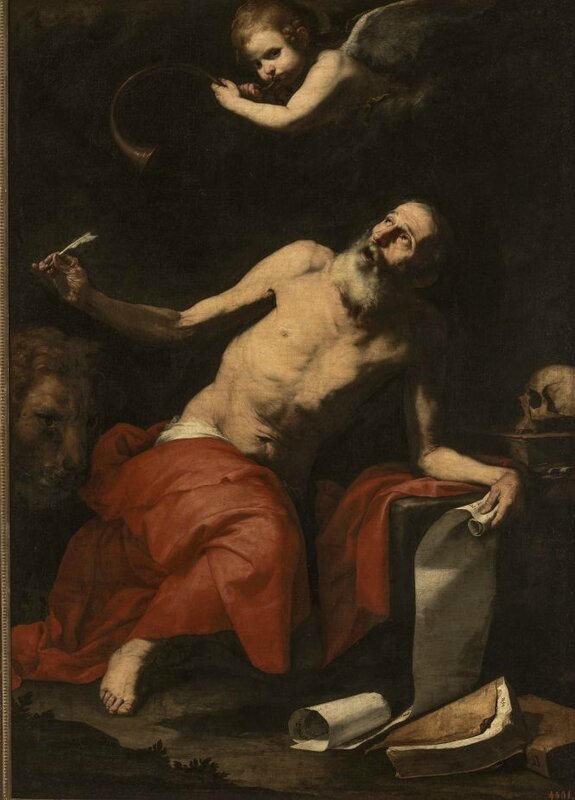


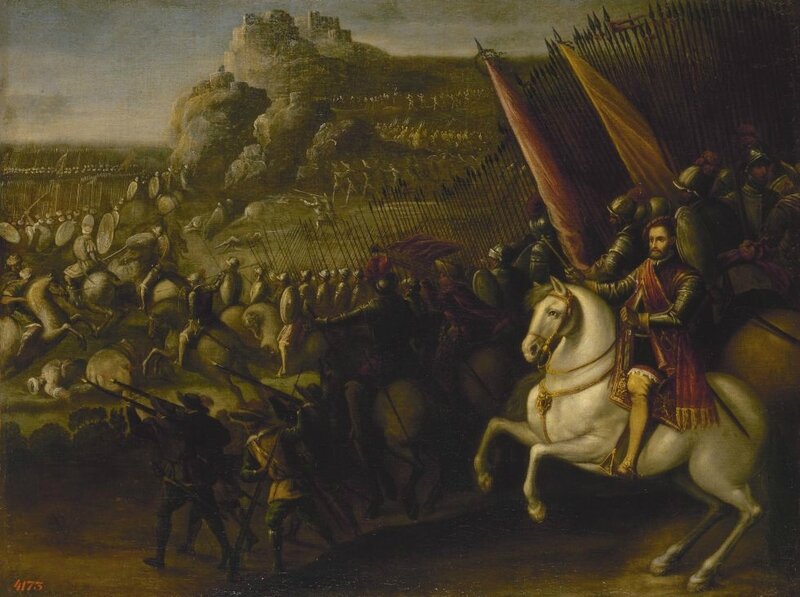
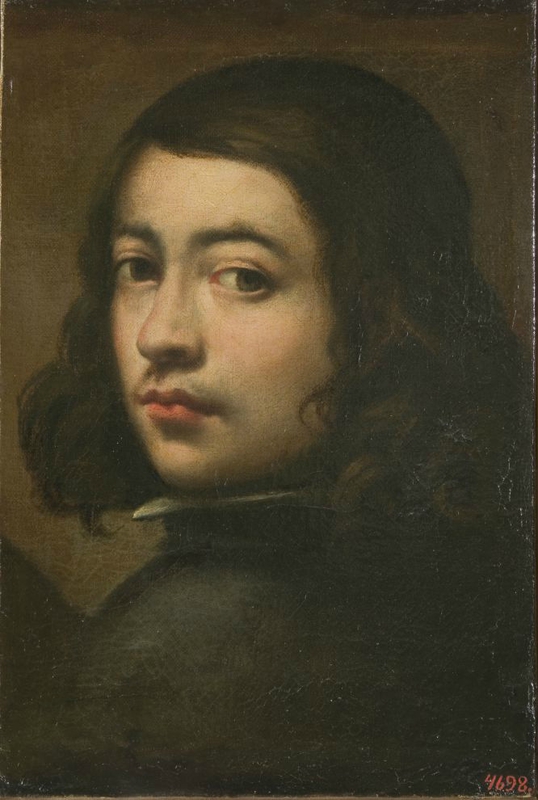


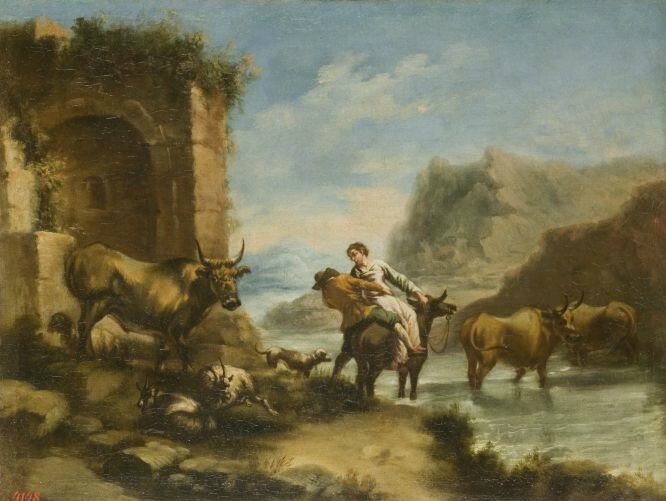


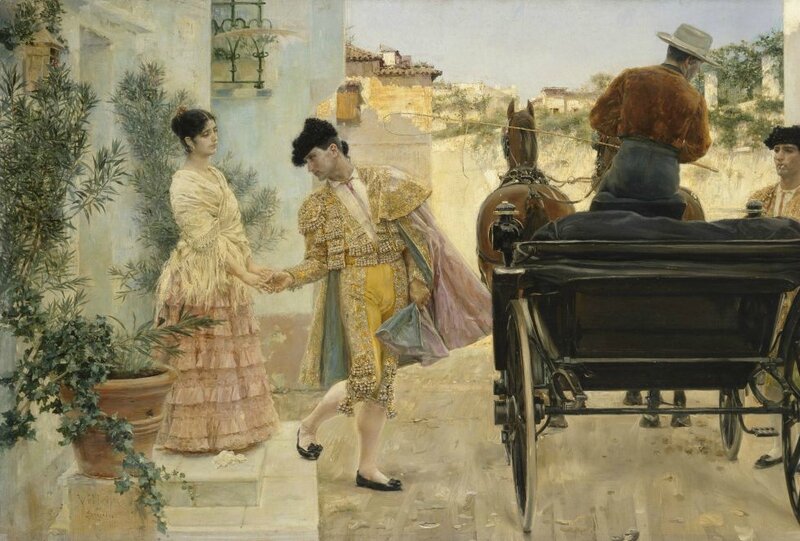


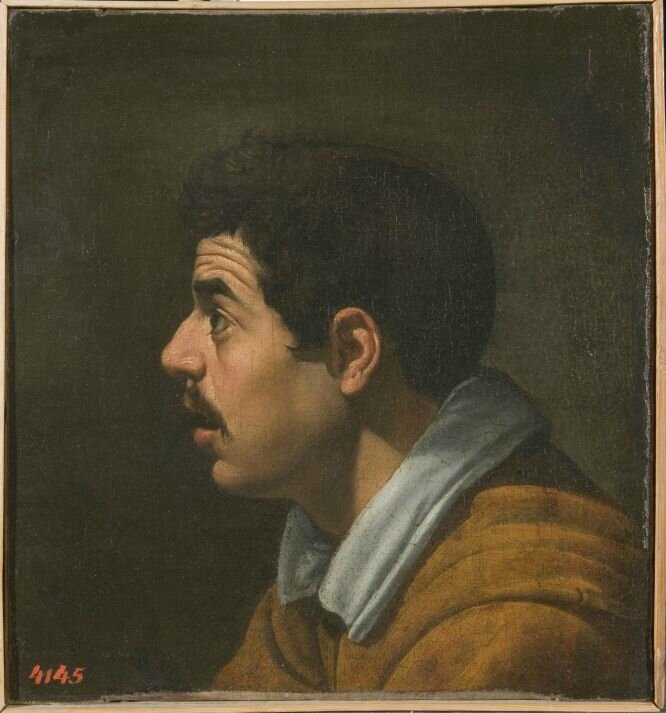
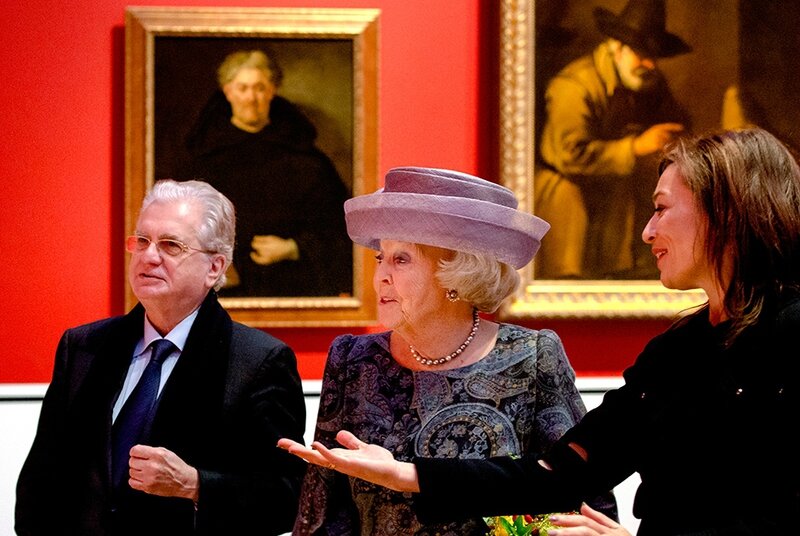
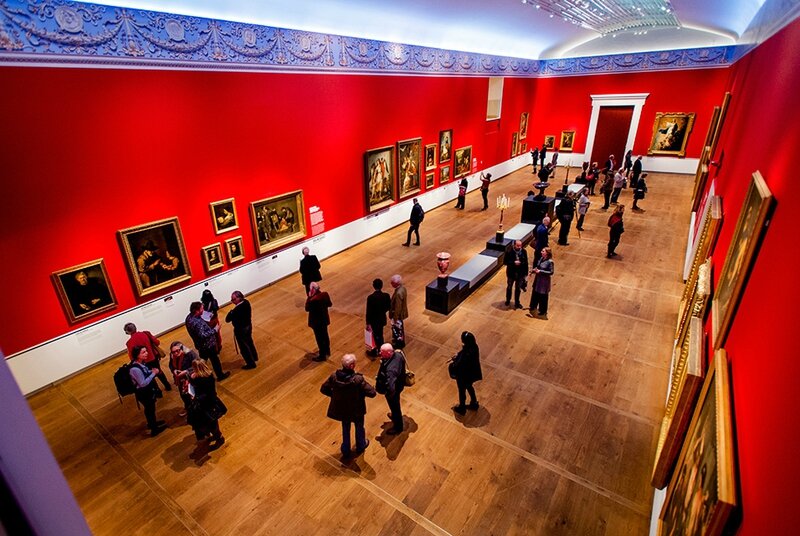


/http%3A%2F%2Fstorage.canalblog.com%2F13%2F37%2F119589%2F129678618_o.jpg)
/http%3A%2F%2Fstorage.canalblog.com%2F37%2F14%2F119589%2F120640525_o.jpg)
/http%3A%2F%2Fstorage.canalblog.com%2F00%2F84%2F119589%2F111932108_o.jpg)
/http%3A%2F%2Fstorage.canalblog.com%2F22%2F02%2F119589%2F111454616_o.jpg)